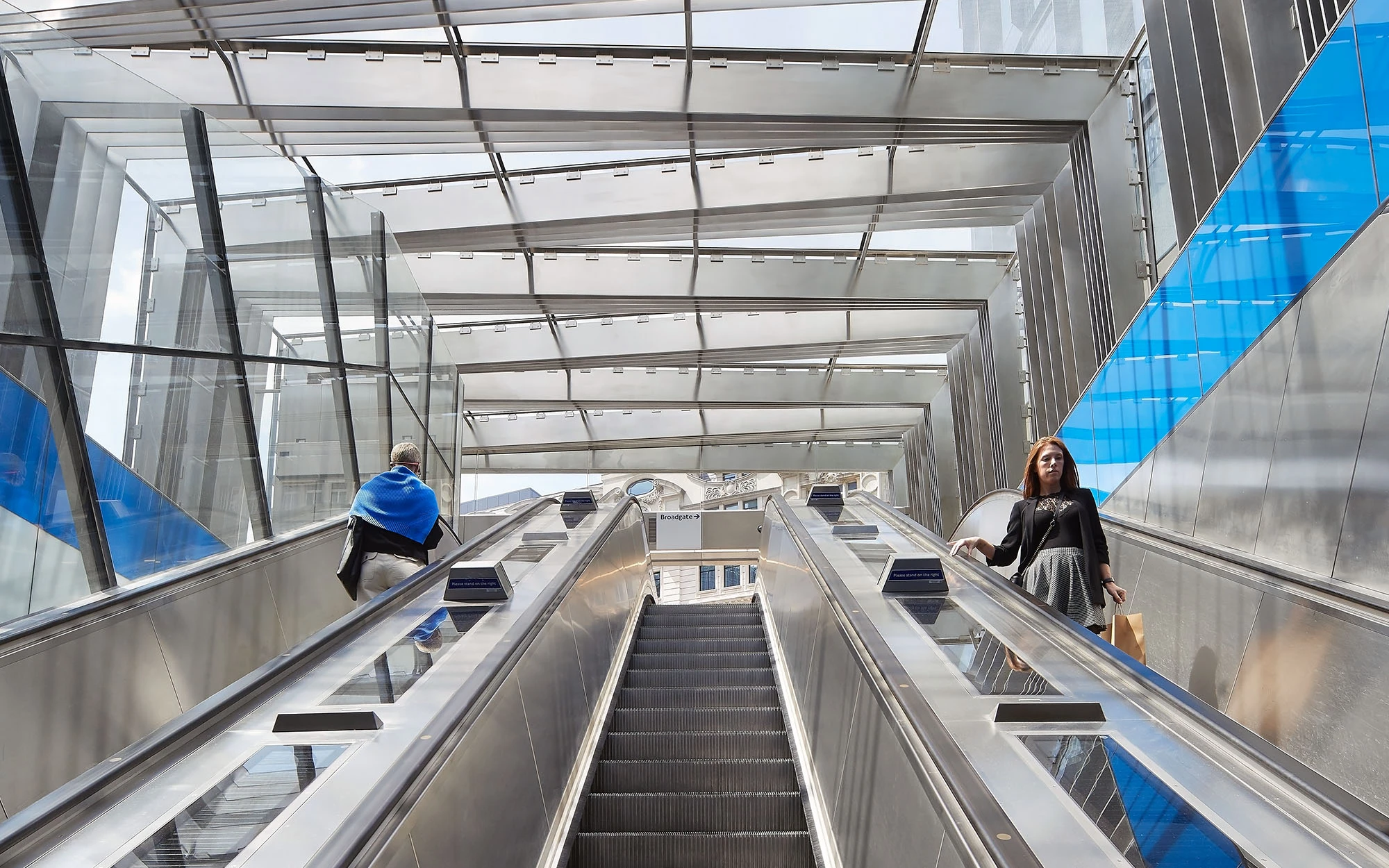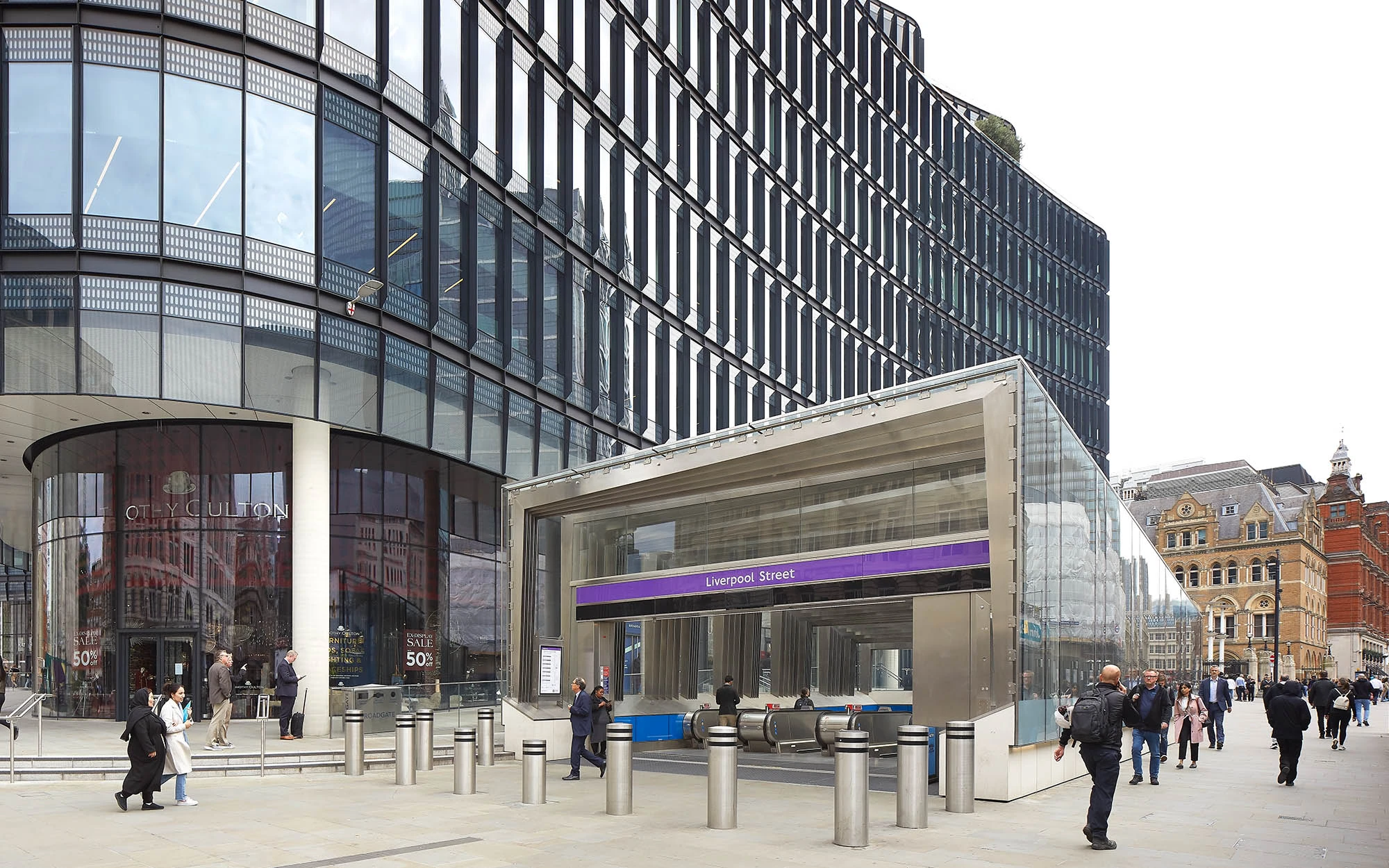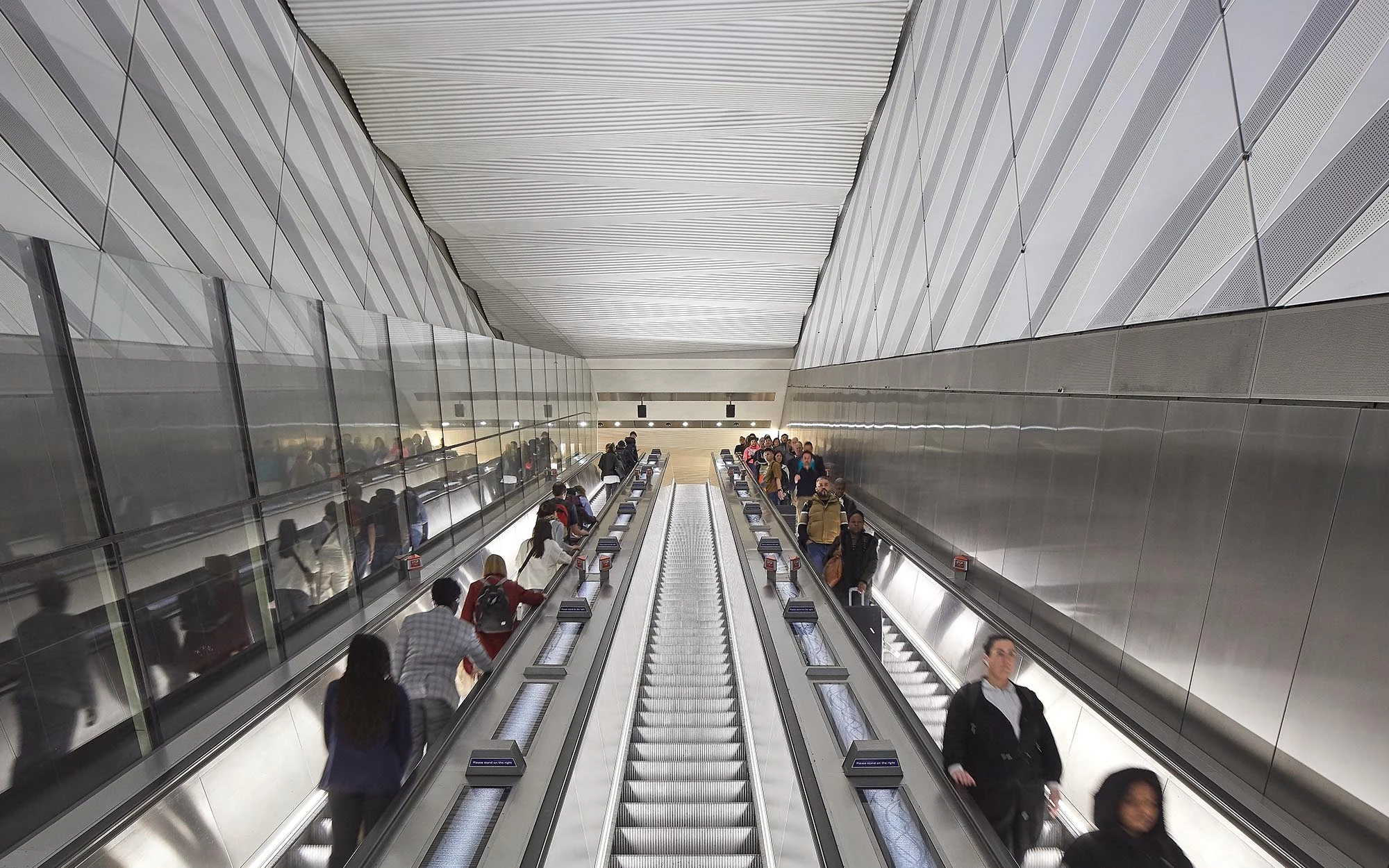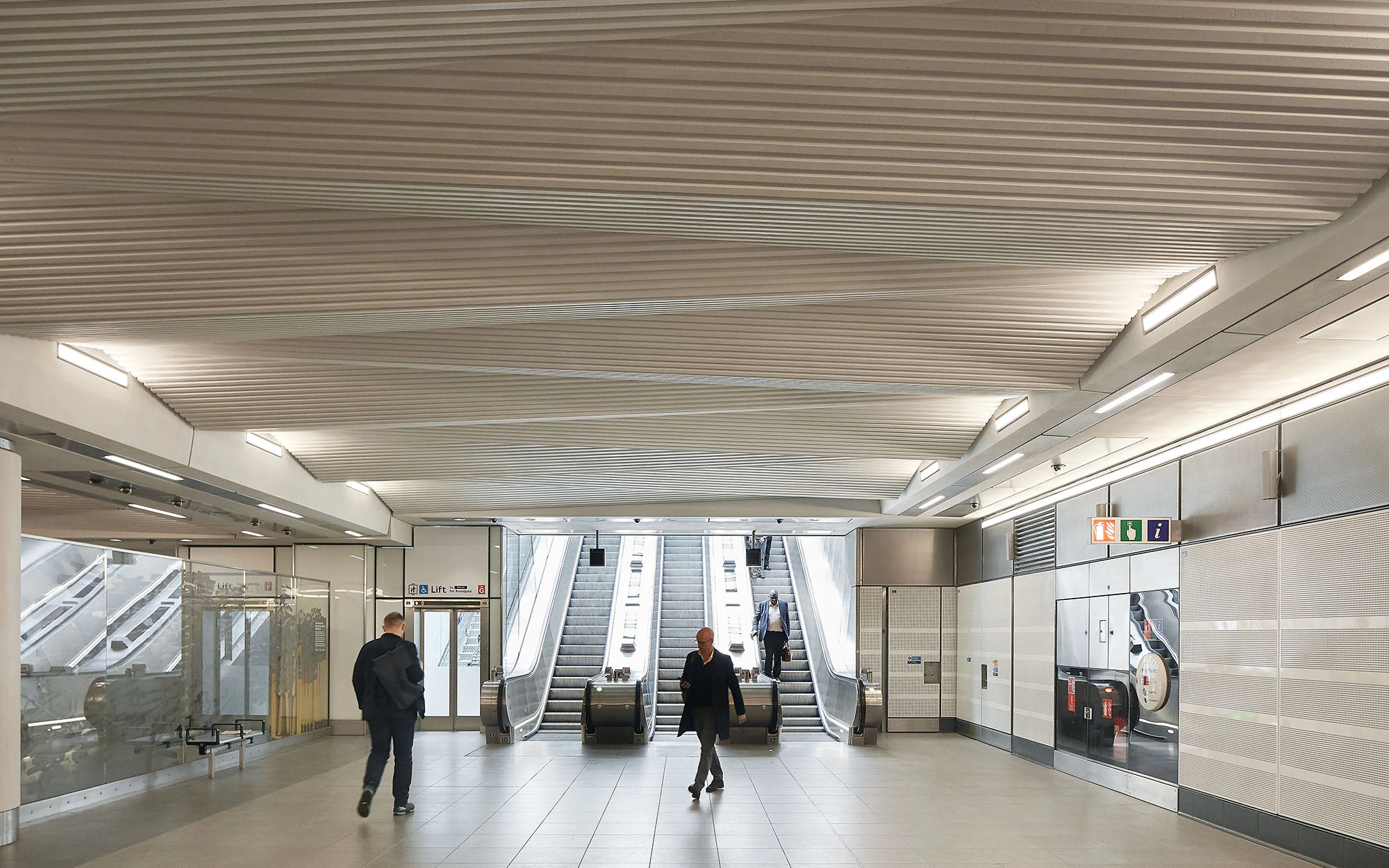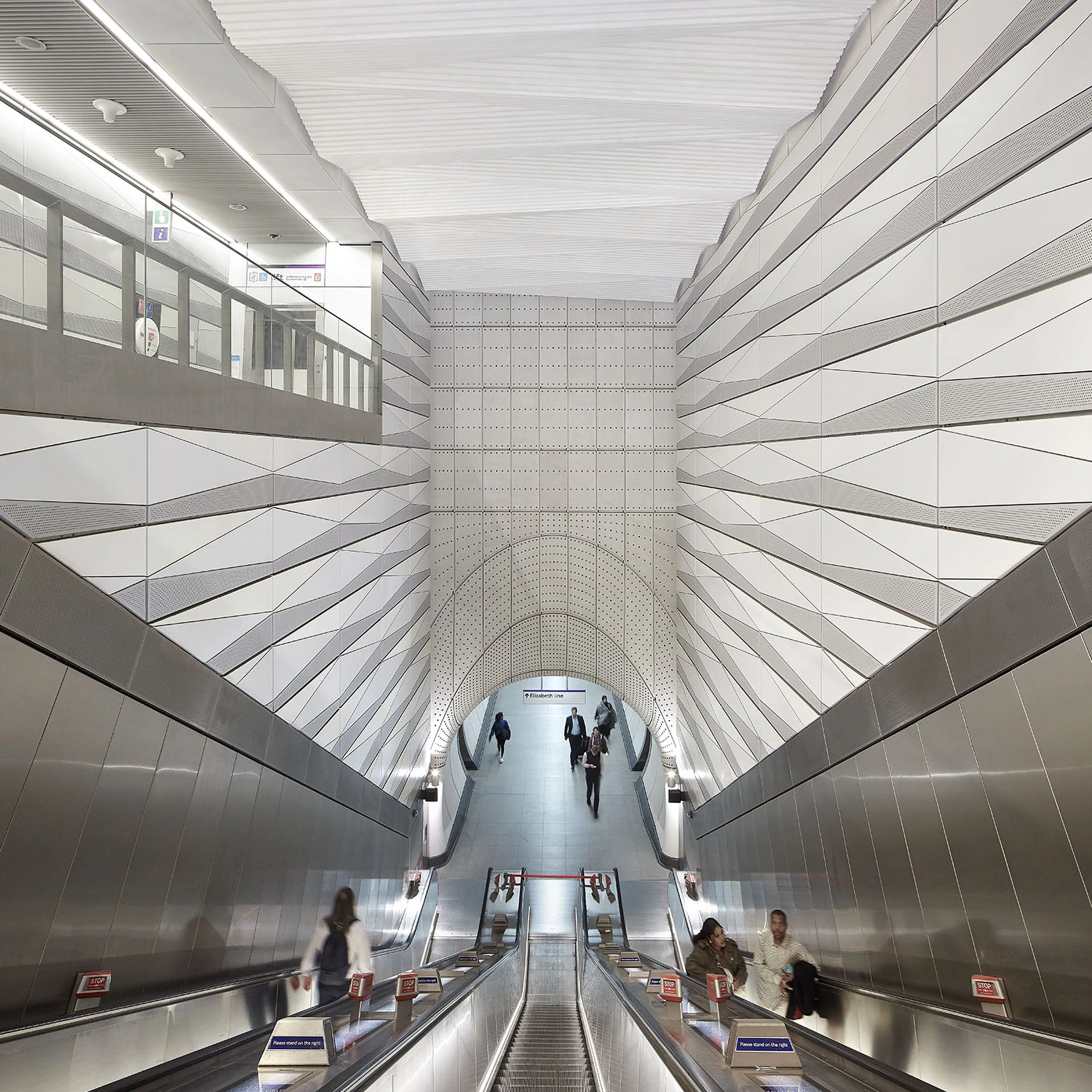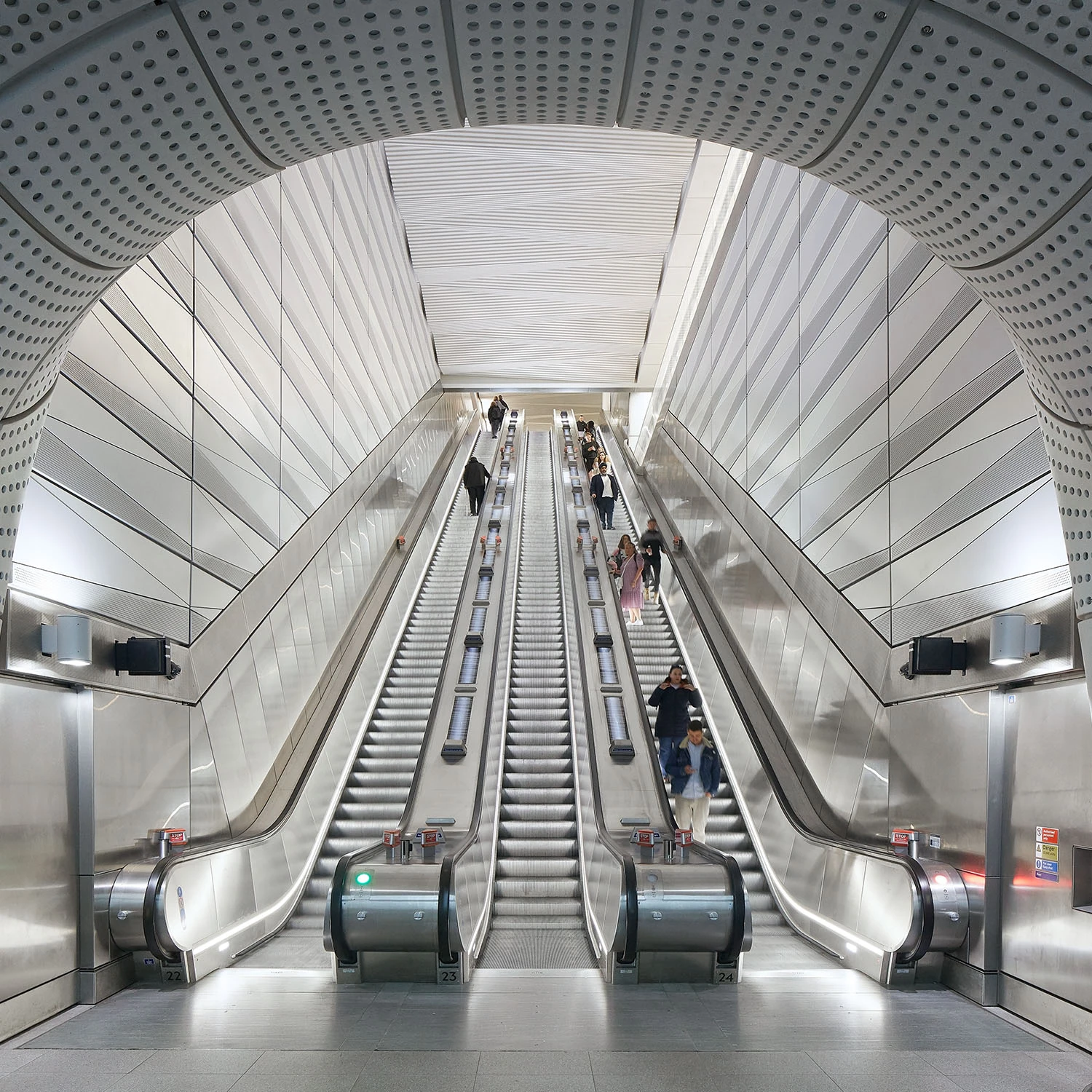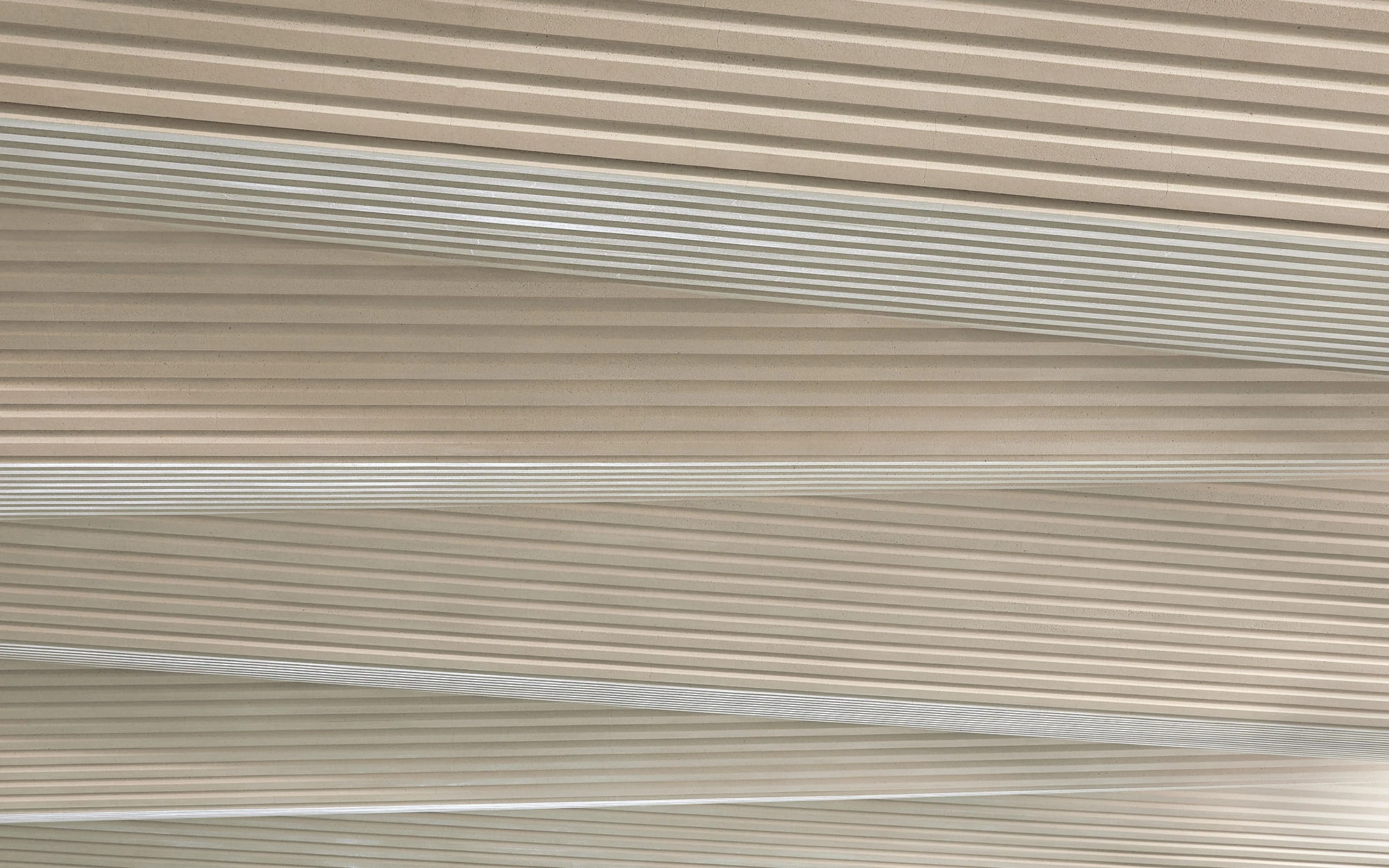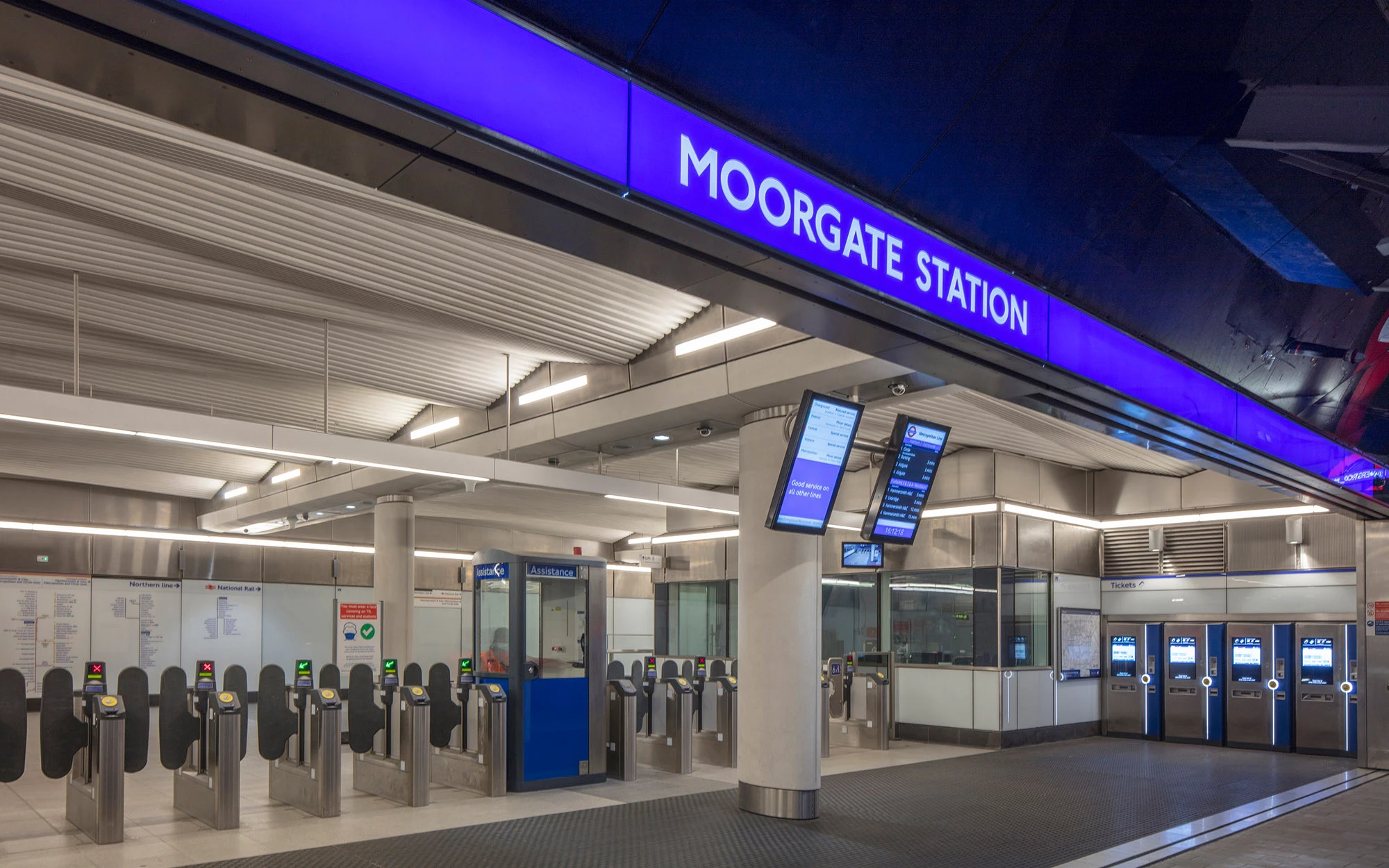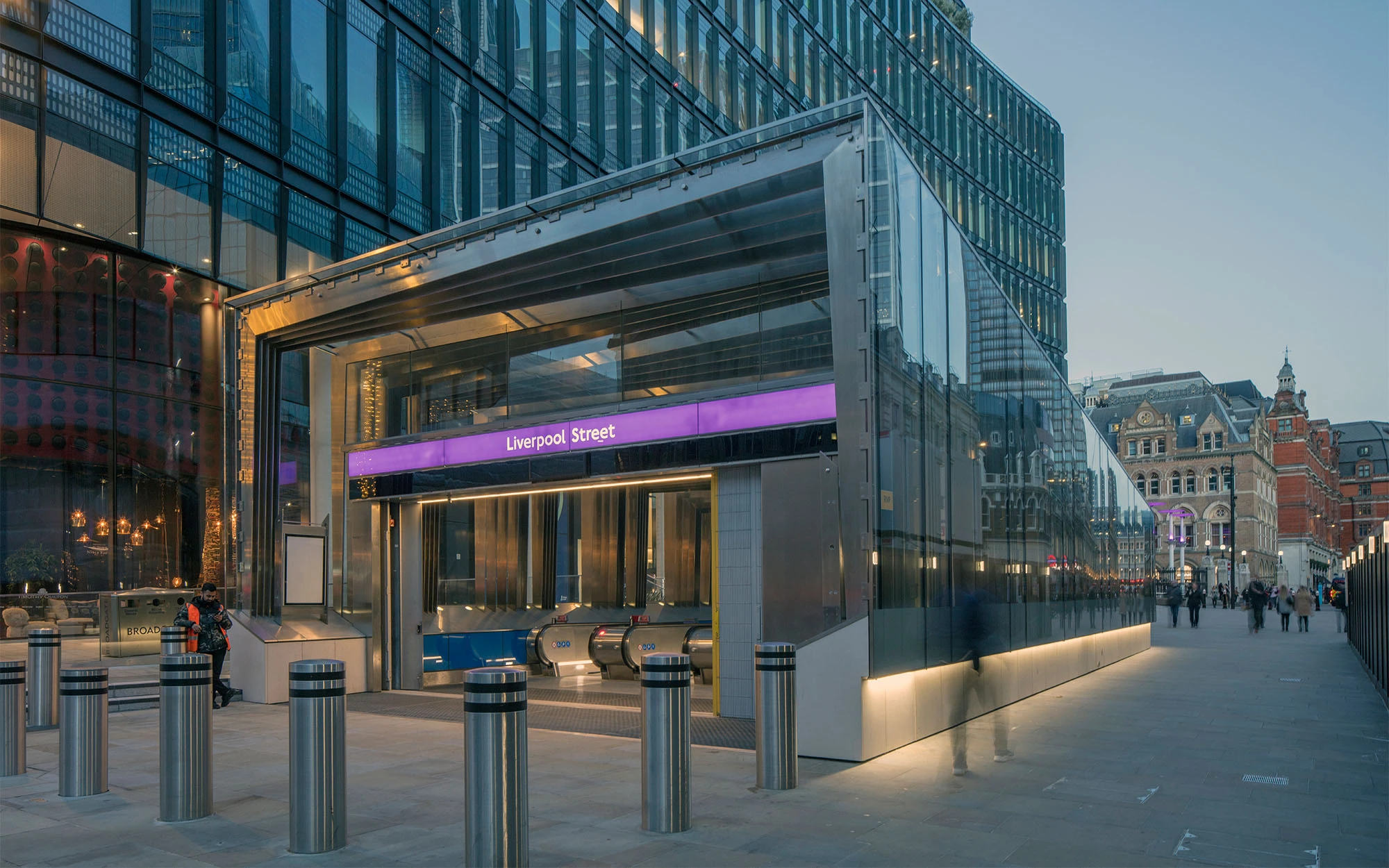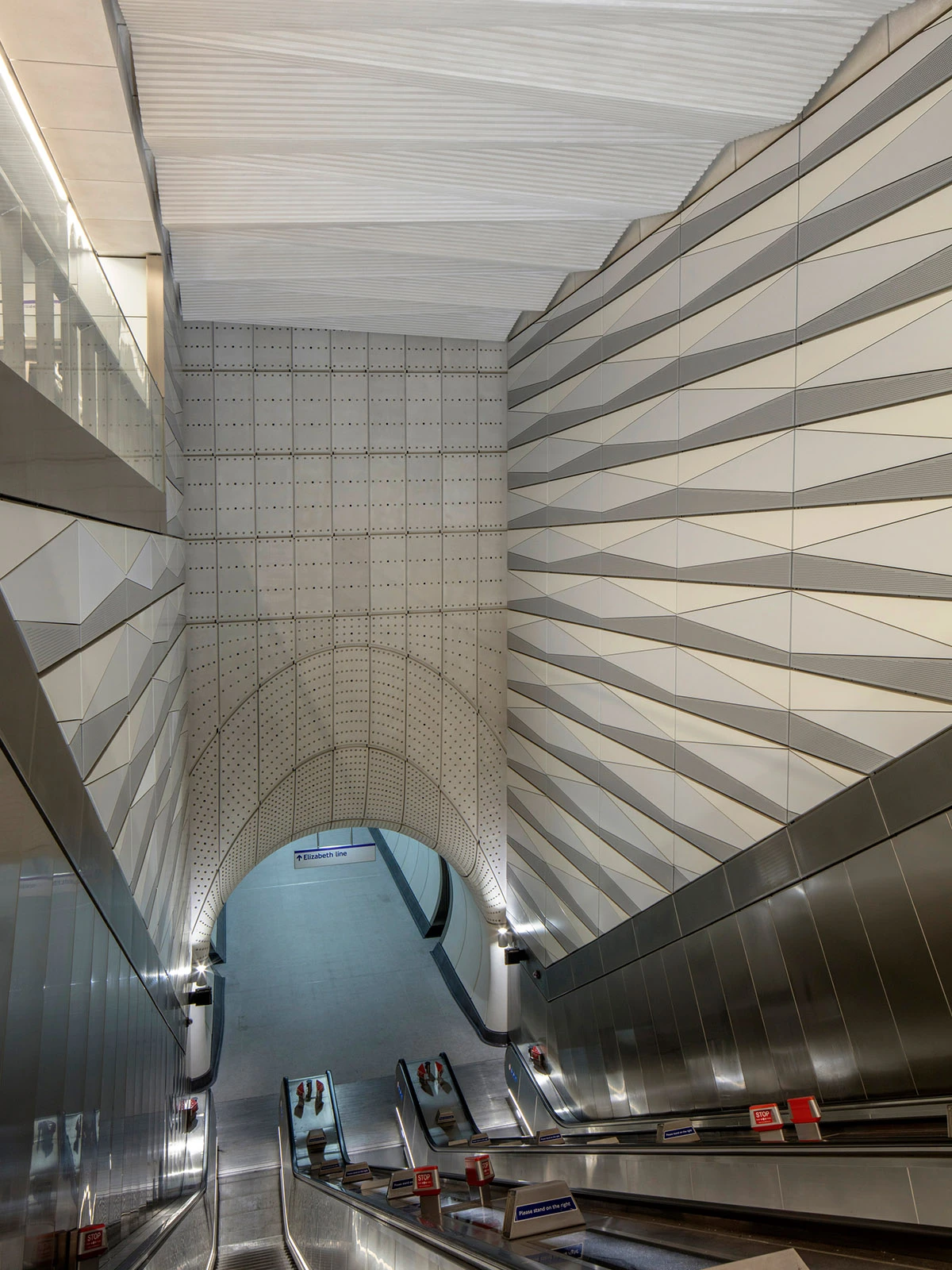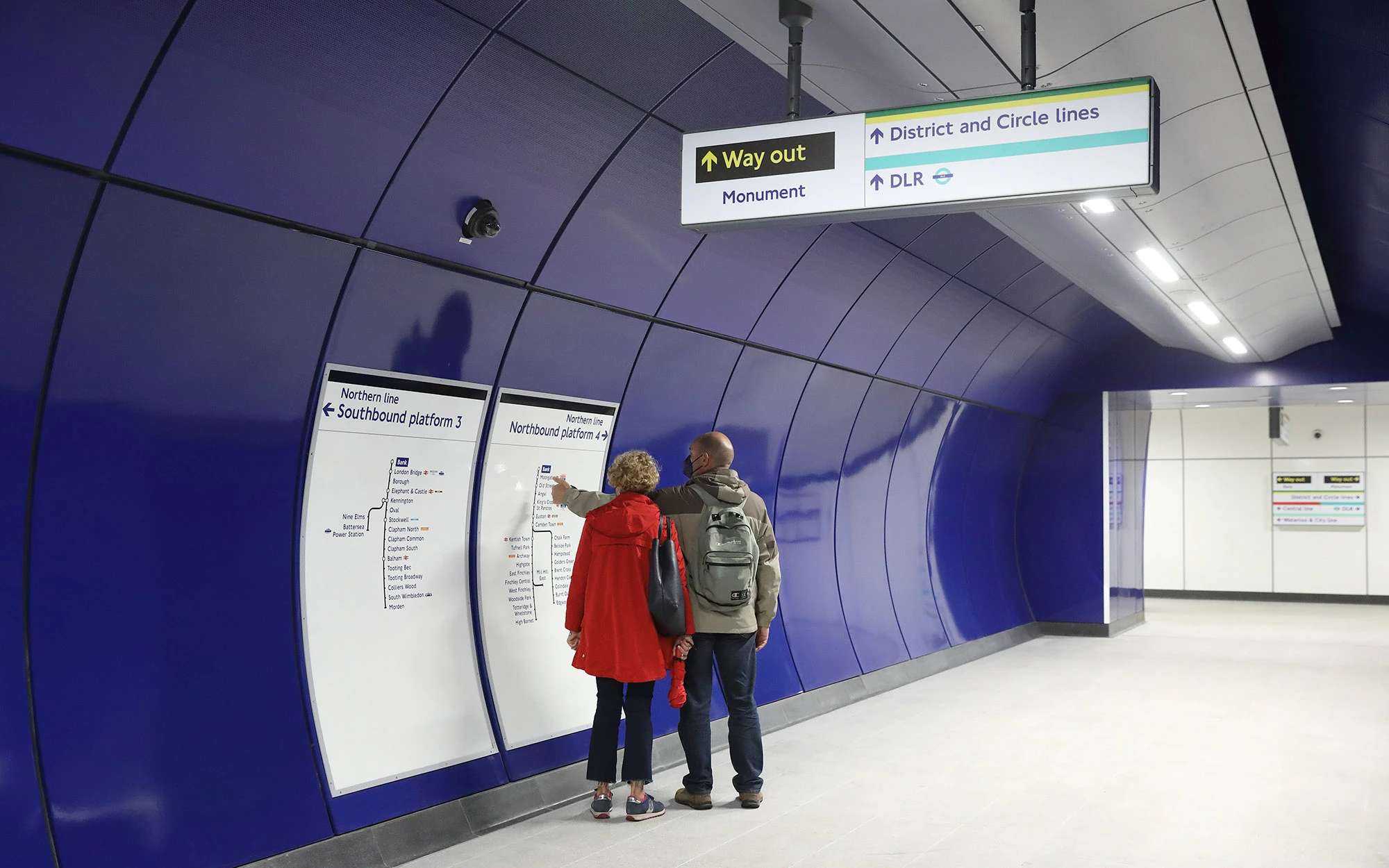The Elizabeth Line, built as Crossrail, is one of the largest infrastructure projects undertaken in Europe. 42km of tunnels beneath London connect 10 new stations, with another 30 being improved for the new service. The fully accessible network of 40 stations now links Reading and Heathrow west of London to Shenfield and Abbey Wood in the east, increasing London's public transport capacity by 10%.
WilkinsonEyre has been involved with the development of the Crossrail station at Liverpool Street since the initial phase of the project dating back to the mid-1990s and were re-engaged when the project started up again in 2002. Our appointment has taken the scheme through design stages, including safeguarding the design intent on behalf of the client.
The design of Liverpool Street Station comprises two platform tunnels stretching 245m connecting Moorgate and Liverpool Street Stations as well as new ticket halls and escalator boxes to street level with connections to existing LUL and Network Rail services.
The planning of the new tunnels had to work around numerous subsurface constraints that included the existing Northern and Circle Lines, Post Office Railway, piling and foundations of existing buildings as well as anticipating new over-site development. The platform facings and low-level connecting tunnels have a common design GRC panelling system for the subways and platforms, shared with the other stations on the route, all other design and spatial planning elements at the station are by WilkinsonEyre.
Our architectural approach was driven by the desire to maximise height in constrained spaces and introduce as much daylight as possible to the subterranean areas. A shallow, geometric folded ceiling plane formed by ribbed pre-cast concrete soffit panels breaks the perception of the low flat ceilings to create a greater sense of space, scale and movement.
The entrance into the underground eastern ticket hall is through a striking, fivemetrehigh glazed canopy located in an open pedestrian plaza at Broadgate. Natural light filters below ground during the day, while at night the canopy acts as a lantern with artificial lighting from inside shining out of the glazed entrance to illuminate the streetscape.
The western ticket hall is at street level and accessed through an angular portal entrance, framed by bold blue coloured glass. New forecourts and plazas around both entrances create pedestrian friendly, accessible spaces with wide pavements.
Adding value and improving the passenger experience was an important element throughout design development and options appraisal; this includes revising the location and design of the Moorgate-end of the station. The station was changed from an initial stand-alone into a fully integrated station, allowing the existing ticket hall to remain operational during construction.
